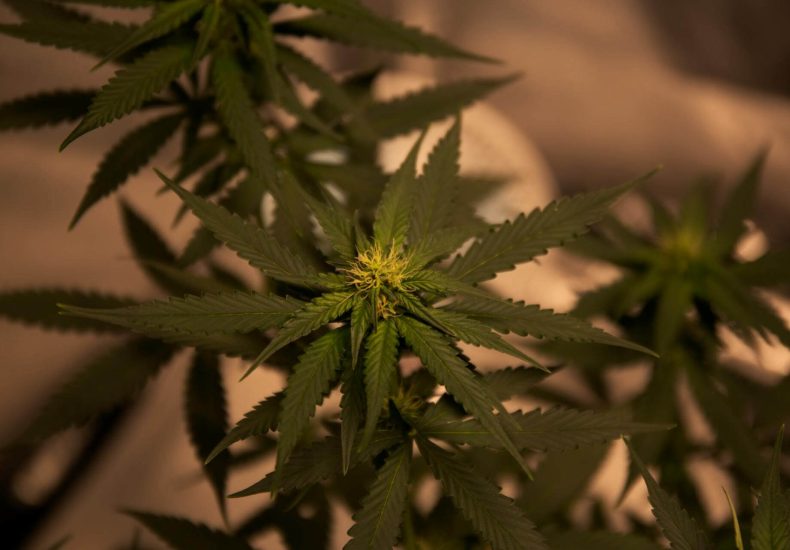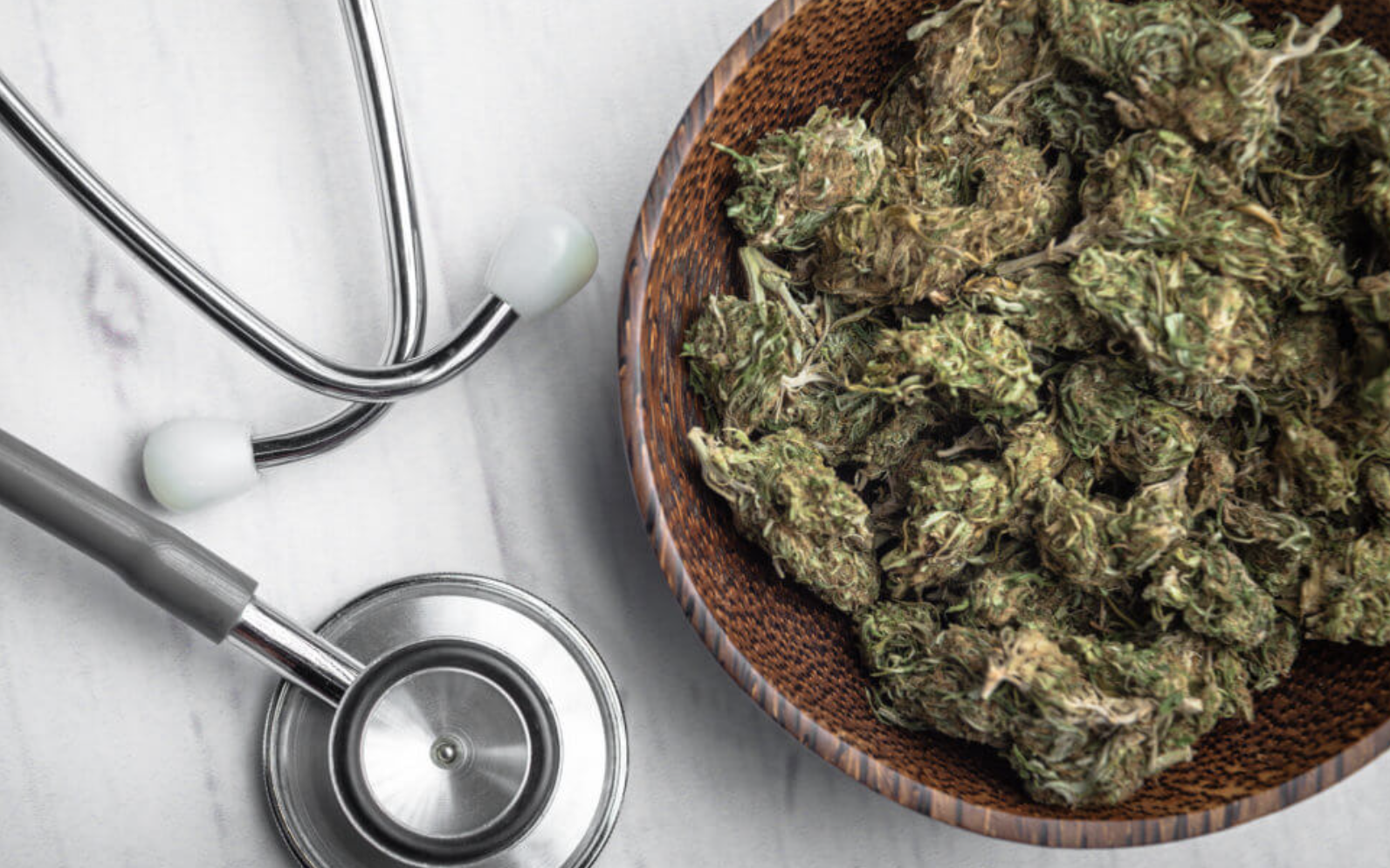 Cannabis
Cannabis
Table of Contents
In the world of cannabis, two primary strains dominate the conversation: Indica vs Sativa. These two varieties offer distinct effects and characteristics, catering to diverse preferences and needs among consumers. Understanding the disparities between Indica and Sativa is essential for anyone seeking to explore the world of cannabis.
From their origins to their effects on the body and mind, let’s delve into the fascinating dichotomy of Indica vs Sativa. Let’s find out more about these types of cannabis and why they are different.

Indica vs Sativa: Origins and Genetics
Indica and Sativa have contrasting origins, each with its own unique genetic makeup. Indica plants originated in the Hindu Kush region of the Indian subcontinent, thriving in harsh mountainous conditions.
They are characterized by their short stature, broad leaves, and dense buds. On the other hand, Sativa plants hail from equatorial regions like Southeast Asia, Central America, and Africa. Sativa plants are taller, with narrower leaves and longer flowering cycles. This Indica vs Sativa debate has been going on forever.
Physical Characteristics
There are many more things to learn about this Indica vs Sativa debate. One of the most apparent differences between Indica and Sativa strains lies in their physical appearance. Indica plants are typically shorter and bushier, making them ideal for indoor cultivation or discreet outdoor grows. Their dense foliage and compact structure contribute to higher yields per square meter.
Conversely, Sativa plants are taller and more slender, with elongated branches and sparse foliage. Due to their height, Sativa strains are better suited for outdoor cultivation, where they have ample space to stretch and flourish under the sun. While they may require more patience during the flowering phase, Sativa plants can produce bountiful harvests with proper care.
Cannabinoid and Terpene Profiles
Beyond their physical characteristics, Indica and Sativa strains exhibit differences in their cannabinoid and terpene profiles, which contribute to their distinct effects on the body and mind. Indica strains tend to have higher levels of THC (tetrahydrocannabinol), the psychoactive compound responsible for the “high” associated with cannabis. Additionally, Indica strains often contain elevated levels of CBD (cannabidiol), a non-intoxicating cannabinoid known for its therapeutic properties.
In contrast, Sativa strains typically have lower THC concentrations and higher levels of other cannabinoids, such as CBD and THCV (tetrahydrocannabivarin). This results in a more energizing and uplifting effect, making Sativa strains popular among those seeking creative inspiration or daytime relief without sedation.
Terpenes, aromatic compounds found in cannabis, also play a crucial role in shaping the effects of Indica and Sativa strains. Indica varieties often contain terpenes like myrcene, which has sedative and muscle-relaxant properties, contributing to the classic “couch-lock” sensation associated with Indica strains. Sativa strains, on the other hand, may contain terpenes like limonene and pinene, which impart uplifting and invigorating effects, enhancing mood and focus. There is more to this Indica vs Sativa issue than you might imagine.

Indica vs Sativa: Effects on the Body and Mind
The effects of Indica and Sativa strains can vary widely, providing consumers with a spectrum of experiences to choose from. Indica strains are renowned for their relaxing and sedating effects, making them ideal for evening or nighttime use. Users often report feelings of calmness, euphoria, and physical comfort when consuming Indica-dominant varieties. Medical cannabis patients seeking relief from insomnia, chronic pain, or anxiety may find Indica strains particularly beneficial.
In contrast, Sativa strains offer a more cerebral and invigorating experience, often accompanied by enhanced creativity, focus, and sociability. Many users prefer Sativa varieties for daytime consumption, as they can provide a gentle energy boost without inducing drowsiness or mental fog. Sativa strains are favored by individuals seeking relief from mood disorders, fatigue, or stress while remaining functional and alert throughout the day.
Hybrid Varieties
This Indica vs Sativa debate is about to get interesting. In addition to pure Indica and Sativa strains, hybrid varieties combine traits from both lineages, offering a balanced blend of effects tailored to specific preferences. Hybrids can be classified as Indica-dominant, Sativa-dominant, or balanced, depending on their genetic composition. These versatile hybrids allow consumers to enjoy the best of both worlds, with a wide range of flavors, aromas, and effects to explore.
Cultivation Considerations
Beyond their effects and characteristics, Indica and Sativa strains also differ in their cultivation requirements and preferences. Indica plants, with their compact size and shorter flowering periods, are well-suited for indoor cultivation, where growers can control environmental factors such as temperature, humidity, and lighting. Indoor-grown Indica strains tend to produce robust yields and high-quality buds, making them a popular choice among cultivators seeking efficiency and consistency.
On the other hand, Sativa plants thrive in outdoor environments with ample sunlight and room to stretch. Outdoor cultivation allows Sativa strains to reach their full potential, producing towering plants with large colas and abundant resin production. While Sativa strains may require more space and time to mature compared to Indica varieties, the rewards of outdoor cultivation can be substantial, with plants boasting complex flavors, aromas, and effects shaped by their natural surroundings. Who’d have known this Indica vs Sativa debate would be so interesting.
Whether grown indoors or outdoors, Indica and Sativa strains offer cultivators unique challenges and opportunities to explore the art and science of cannabis cultivation. By understanding the specific needs and characteristics of each strain type, growers can optimize their cultivation methods to achieve the best possible results, yielding potent and flavorful cannabis for consumers to enjoy.
Indica vs Sativa: Final Prognosis
In the ongoing debate of Indica vs Sativa, it’s essential to recognize that individual experiences may vary, and factors such as genetics, cultivation techniques, and personal biochemistry can influence the effects of cannabis strains. Whether you prefer the soothing embrace of an Indica strain or the uplifting vibes of a Sativa variety, the world of cannabis offers something for everyone.
By understanding the distinctions between Indica and Sativa strains, consumers can make informed choices based on their desired outcomes and preferences. Whether you’re seeking relaxation, creativity, or therapeutic relief, there’s a cannabis strain waiting to elevate your experience. Indica vs Sativa—it’s not just a choice between two plants; it’s a journey of exploration and discovery in the vibrant world of cannabis culture.


